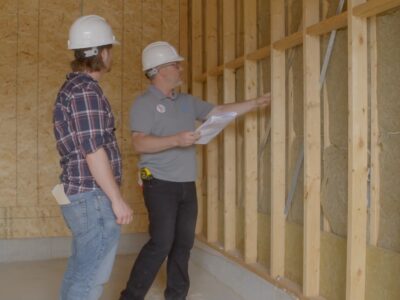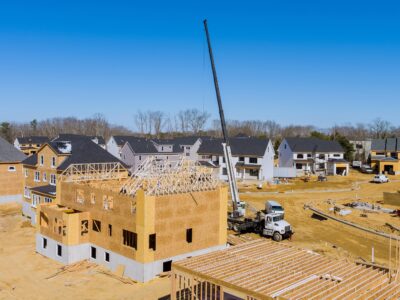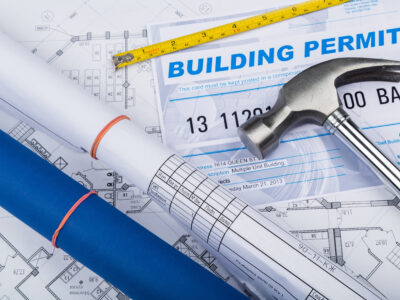
The "Middle Child Syndrome" of the OBC: Change of Use in 0-5 Year Old Buildings
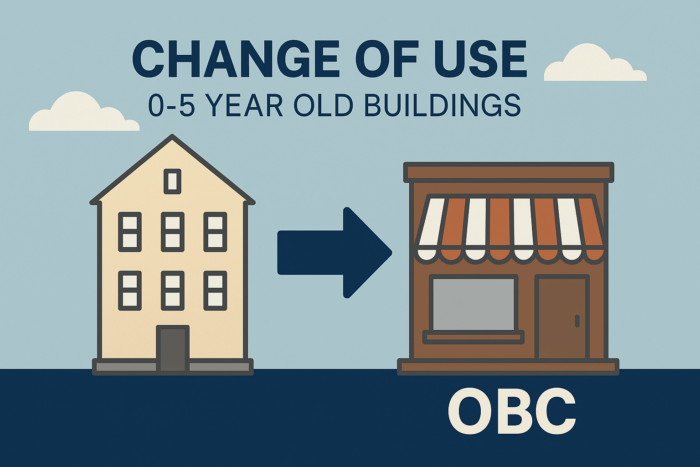
When we think of the middle child in a family, we often picture someone who feels overlooked, caught between the experienced elder sibling and the needy younger one. In the world of Ontario’s Building Code, buildings undergoing a change of use within their first five years embody this same archetype. They are too new to be "grandfathered" yet not quite “brand new”, leaving them subject to a unique set of requirements that are often overlooked.
To better understand these transitional structures, let’s explore how Sections 3.18. and 9.41. of the 2024 Ontario Building Code define their path, bringing these middle children to life.
The Path to Success: Applying Division B
While parents may sometimes wish for a roadmap to guide their children’s development, the Ontario Building Code provides a clear framework for buildings. It all starts with Division A, which tells us when to apply each Part of Division B, depending on what size, use, and age the building will be.
For structures that are 0-5 years old, the journey is distinct. These buildings do not qualify for Part 11 and instead must follow the same requirements as newly constructed buildings, meaning they are subject to Parts 2, 3, 4, 5, 6, 7, 8, 9, and/or 12, as applicable. However, before jumping straight into Division B, it’s essential to consider Division A, Sentence 1.3.3.3C.(1), which states:
“Except as provided in Section 3.18. of Division B, Section 9.41. of Division B and Part 11 of Division B, if an existing building is extended or is subject to material alteration or repair, this Code applies only to the design and construction of the extensions and those parts of the building that are subject to the material alteration or repair.”
This is a crucial distinction because it outlines the three fundamental principles for buildings within this age range:
1. Existing parts of the building may remain unchanged.
2. New construction must follow current building requirements.
3. If a change of use occurs, specific provisions in Sections 3.18. and 9.41. may override the other requirements.
As we explore these sections further, we’ll see that while they sometimes offer compliance relief, they also introduce upgrade requirements that might not otherwise apply.
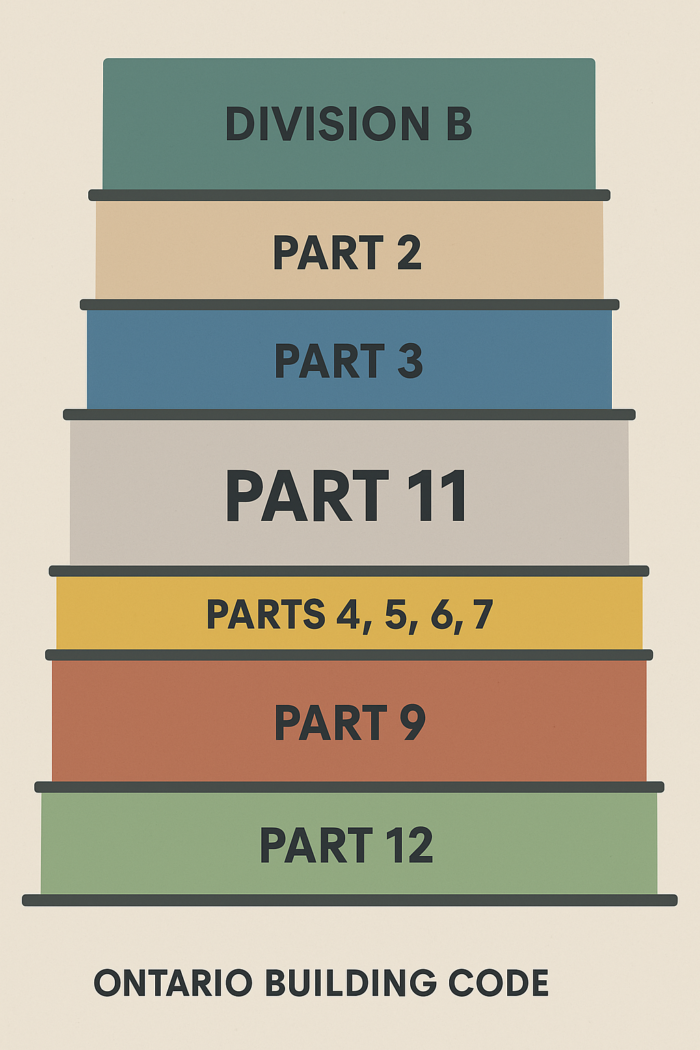
The Young and the Restless: Sections 3.18. and 9.41.
Sections 3.18. and 9.41. of the 2024 OBC focus on change of use and compensating construction requirements for buildings that have been in existence for 0-5 years. These sections generally apply when a building's function changes, such as converting an apartment into a retail space or splitting one residential unit into multiple suites.
For these relatively young buildings, such changes often trigger additional construction requirements. Even modest modifications—like turning a retail unit into an office—can require updates, much like how a middle child stepping into a leadership role must adapt to higher expectations.
While Sections 3.18. and 9.41. bear similarities to Part 11, they differ in key ways. For example, Sentences 3.18.1.1.(1) and 9.41.1.1.(1) reference Division C’s change of use table, aligning them more closely with Part 10 provisions. This distinction means that a unique lens must be developed to assess compliance for these buildings.
This lens is made evident in Sentences 3.18.2.1.(2) and 9.41.2.1.(2), which state that:
“For the purposes of this Article, existing buildings shall be classified as to their construction and occupancy as provided for in Sentence 11.2.1.1.(1).”
The sentences reference the Part 11 construction and hazard index assessments, which form part of the determination of whether the change of use will reduce the building’s performance level—potentially triggering mandatory upgrades. However, unlike a standard Part 11 assessment, this reference does not include Sentences 11.2.1.1.(2) and (3), which means hazard index credits cannot be assigned, and 3.2.2. compliance remains applicable. This subtle difference complicates compliance assessments, requiring practitioners to consider both 3.2.2. provisions and construction index upgrades simultaneously.
Our beloved Part 11 compliance alternatives are referenced in 3.18.2.2.(4) and 9.41.2.2.(4), but with a significant caveat—they are only allowed under very specific conditions. For example, older buildings can accommodate a 15% occupant load increase without requiring additional washroom facilities. However, buildings in the 0-5 year range do not receive this allowance, meaning upgrades are often required even for minor changes. In effect, the Code is saying:
"No, you're too young to get away with that!"
The Forgotten Middle Child: Navigating the New Code
In times of change and uncertainty, middle children often feel more overlooked than usual—and the same can be said for these young buildings during Ontario’s transition to the 2024 OBC. As the industry adapts to the 2024 Ontario Building Code, certain areas within Sections 3.18. and 9.41. may benefit from further clarification to support consistent application.
One key challenge arises with changes of use from farm buildings. While Sections 3.18. and 9.41. reference such conversions, they do not provide a hazard index table for farm buildings or allow the use of hazard index tables for F2 occupancies, making it difficult to determine the appropriate classification for compliance. Similarly, secondary suite HVAC requirements remain somewhat ambiguous. The Code does not explicitly confirm whether shared HVAC systems are permitted in these cases, leaving practitioners to rely on interpretation, which can introduce uncertainty in decision-making.
Additionally, some mandatory upgrade requirements may feel overly strict for relatively new buildings. For example, provisions that require CSA-tested safety glass in existing showers due to minor differences between the 2012 and 2024 Codes could impose unexpected costs on buildings that are only a few years old. While safety and performance improvements are always a priority, there is an opportunity to refine these requirements to ensure they strike the right balance between modernization and practicality.
Ultimately, a well-understood Code is a well-applied Code, and as we begin to use the 2024 version of Sections 3.18. and 9.41., careful attention to these nuances will help ensure they serve their intended purpose effectively. With ongoing discussion and collaboration among industry professionals, these provisions can continue to evolve in a way that supports both compliance and practical implementation.
Why the Middle Child Matters
Unlike older buildings that have matured enough to either inspire nostalgia or require dramatic renovations, and brand-new buildings that bask in the glory of our newly adopted code, 0-5-year-old buildings face a quieter challenge. When designers and building officials miss the nuances of Sections 3.18. and 9.41. and apply direct Part 3, 9, or 11 approaches instead, they create the potential for unnecessary complications and accidental compliance violations. Our middle children balance practicality, safety, and modern expectations without the applause, playing a pivotal role in bridging the gap between generations of structures.
So, the next time you encounter a permit application for a building in its middle-child phase, take a moment to appreciate its unique position. Its walls may not tell tales of decades past, nor will it dazzle with futuristic designs, but it’s holding its own, navigating the intricate maze of Sections 3.18. or 9.41. with resilience – despite being occasionally forgotten.
Here’s to the overlooked champions of Ontario’s built environment—the middle children of the Ontario Building Code.

